It’s summertime. The season for hiking and adventures outdoors. You might see a rattlesnake out on the trail. Don’t freak out. Most of what we think we know about rattlesnakes is off base. Here are a few of the most common misconceptions.
1. Rattlesnakes are aggressive animals that are looking for trouble.
It’s no surprise that people and snakes end up having more interactions as the temperatures rise during the summer. The warm weather that brings out hikers also brings out coldblooded rattlesnakes eager to sun themselves. But even though they crave the sun, rattlesnakes do their best to avoid the spotlight.
Rattlesnakes are ambush predators, relying on staying hidden to get close to their prey. Their patterns and coloration help them blend into their surroundings. They don’t sport the bright colors that some venomous snakes use as a warning to predators.
That means that many people don’t realize they’re approaching a hidden rattlesnake until it’s too late. They’d rather avoid a fight if possible. Fortunately, rattlesnakes have an unmistakable warning, a loud buzz made to startle any aggressor and hopefully avoid having to bite.
If you hear the rattlesnake’s distinctive rattle, here’s what to do: First, stop moving! You want to figure out which direction the sound is coming from. Once you do, slowly back away.
DO NOT APPROACH OR TRY TO TOUCH A RATTLESNAKE!
If you do get bitten, immobilize the area and avoid overly exerting yourself. Immediately seek medical attention. You may need to be treated with antivenom.
DO NOT try to suck the venom out using your mouth or a suction device.
DO NOT try to capture the snake and stay clear of dead rattlesnakes, especially the head.
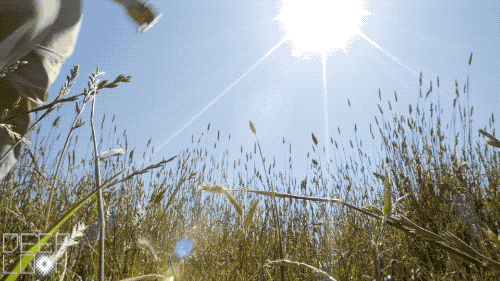
2. Rattlesnake rattles work like a maraca with little bits shaking around inside.
The rattlesnake’s rattle is actually made up of loosely interlocking segments made of keratin, the same strong fibrous protein in your fingernails. Each segment is held in place by the one in front and behind it, but the individual segments can move a bit.
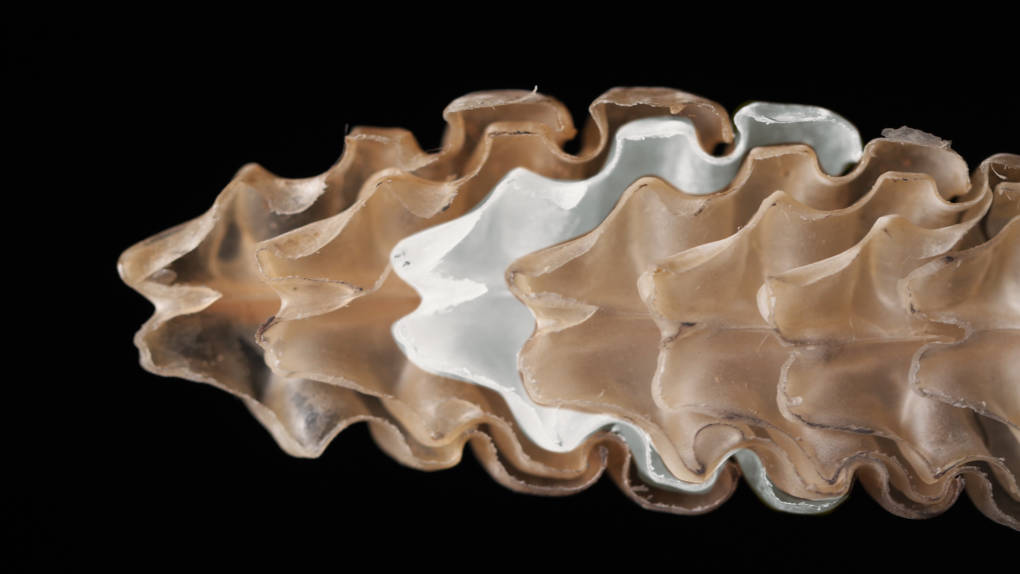
The snake uses special high-performance muscles to shake its tail, sending undulating waves down the length of the rattle. The segments are loose, so they click against each other. It happens so fast that all you hear is a buzz and all you see is a blur.
Brad Moon, a biologist at the University of Louisiana at Lafayette, studies those shaker muscles. Using high-speed cameras, Moon recorded rattlesnakes shaking their tails 50 to 100 times every second. Since they’re coldblooded, rattlesnakes shake their rattles faster at higher temperatures.
“These rattling muscles, they’re just super-athletic,” Moon said.
“It’s one of the fastest sustained muscular contractions in the natural world — right up there with a hummingbird’s beating wings.”
Plus those specialized muscles allow the rattle to shake for up to two hours without stopping.
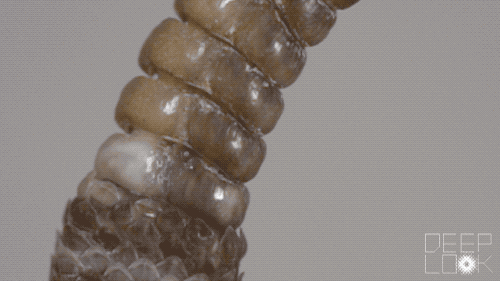
3. It’s better to be bitten by a juvenile rattlesnake than a full-grown adult.
It may be true that juvenile rattlesnakes can be more likely to strike and less able to control how much venom they release in a single bite. Their venom also can be, drop for drop, more dangerous because of the different prey that juvenile snakes eat.
But it’s still more dangerous to receive a bite from an adult rattlesnake. Adults possess much more venom, making the bites more dangerous.
Rattlesnake venom is a cocktail of different toxins, including chemicals that disrupt nerve signals and digestive enzymes that liquefy flesh. Antivenom is able to counteract those toxins.
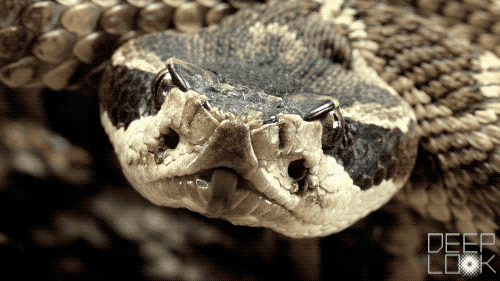
4. You can tell how old a rattlesnake is by the number of segments on its rattle.
Rattlesnakes get a new segment each time they shed their skin. Unlike the rest of the skin, the section that covers the very end of the rattle doesn’t fall off. Because of its grooved shape, it doesn’t release from the new segment.
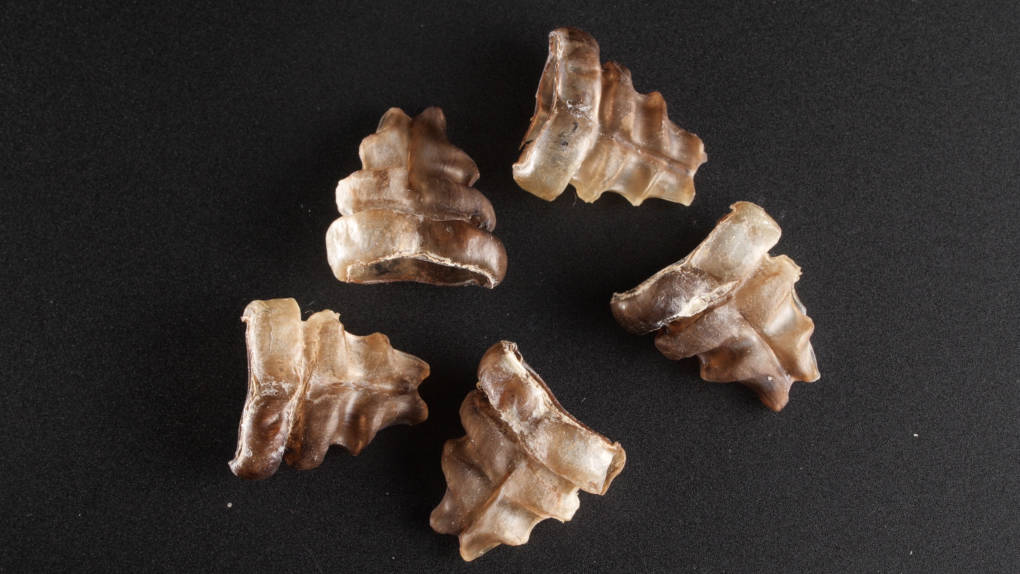
“You can tell a lot about a rattlesnake’s life from looking at its rattle,” said Emily Taylor, a biologist at California Polytechnic State University.
How often a rattlesnake sheds, she explained, depends more on how much it’s had to eat, rather than how old it is.
In California, rattlesnakes often shed about twice a year when they’re young. But that can rise to three or four times if there is plenty of prey available. That number typically slows down to once or twice a year when they reach adulthood
“So, you can’t tell its age,” Taylor said, “because you don’t know how many times it shed.”
Plus, rattles often break off in the wild, sometimes after attacks by other predators or other times when they are damaged by a life of slithering over harsh, often rocky terrain.
Rattles that have been broken in the past often appear thick at the end, while rattles that have gone undamaged will taper to a point. It’s more common to see long tapered rattles in captive rattlesnakes than in wild ones.
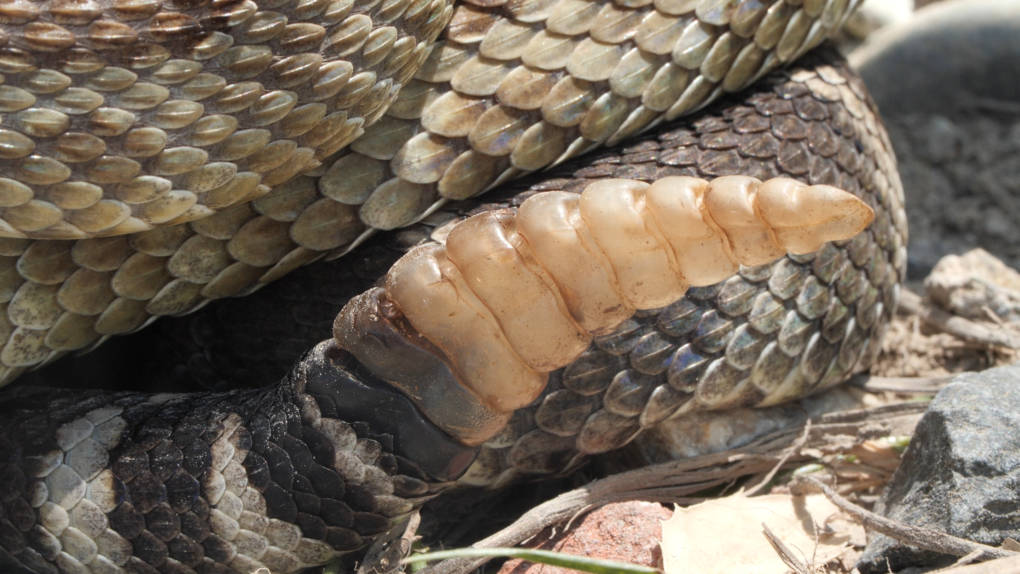
5. Rattlesnakes are solitary killers.
Most people think of rattlesnakes as hunters out on their own with only a single impulse in life — to kill. But rattlesnakes can be very social with each other, and can actually be caring parents.
“So they all hang out by themselves,” Taylor said. “But they’ll get together during mating season. We noticed that female rattlesnakes tend to hang out with one another.”
Taylor has observed males and females spending time together in the time leading up to the mating season, which she thinks may be related to mate guarding.
Even more surprising is that female rattlesnakes tend to hang out together when they are pregnant, and potentially give birth together.
Rattlesnakes don’t lay eggs. Instead they give birth to live young.
“Sometimes we call them danger noodles, affectionately,” Taylor said.
Mother rattlesnakes look after their young for a period after their birth until their first shed.
Taylor has even seen several mother rattlesnakes share a den together with their young.
“Rattlesnakes are good mothers,” she said. “They stay with their babies, and they protect them, and they care for them, and they defend them.”
